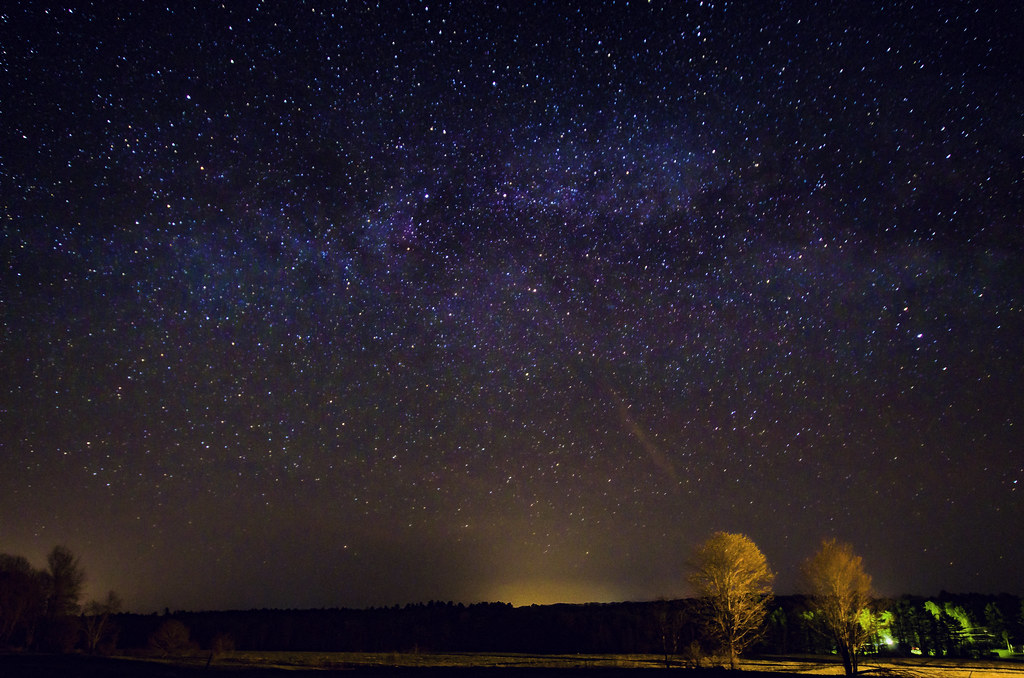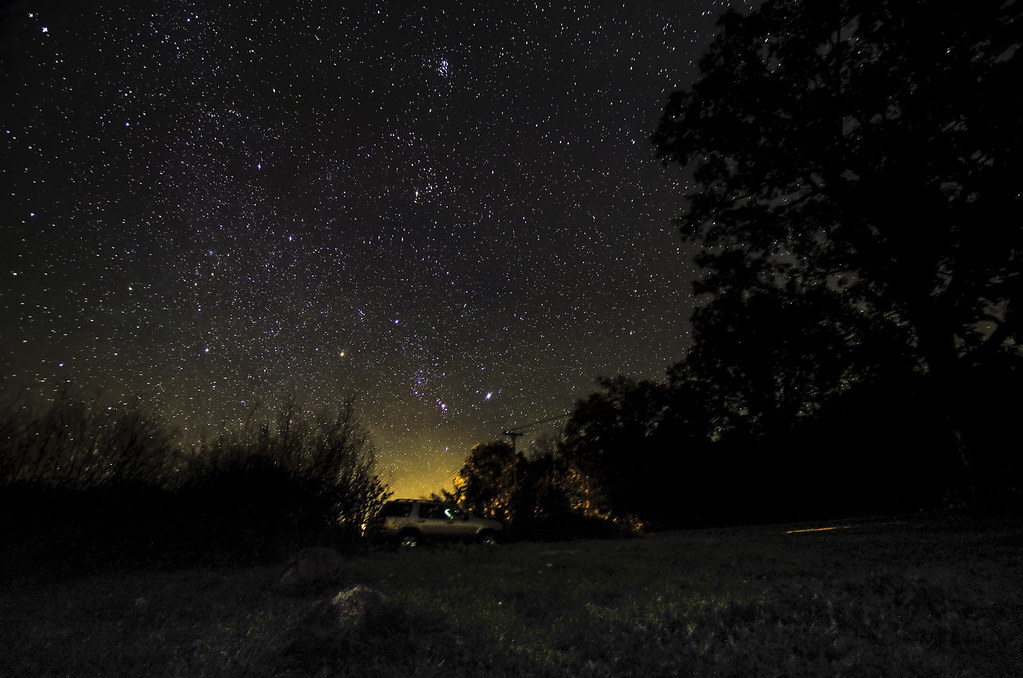 Originally posted by bossa
Originally posted by bossa 
Pixel Shifting with Astrophotography would be no different from the everyday application apart from the exposure time. It is effectively just in camera stacking and should work.
As I understand it pixel shifting is absolutely not comparable with usual stacking, no matter if inside or outside of a camera. If it were just in camera stacking we then would not have a new technology because this is "old stuff" (look e.g. at HDR-functions in cameras).
In usual stacking the RGB values of Pixels in aligned photos are just recalculated with statistical methods e.g. applying median, sigma clipping, average and other functions at each "pixel coordinate" in the picture. The main effect of stacking in astrophotography is that by this process the erratic "noise" is statistically reduced and the static "signal" (stars etc.) is relatively amplified. Stacking does not result in more sharpness or resolution besides the effects of a better SNR (signal/noise ratio).
On the other hand pixel shift is intended to result in more resolution. For that pixel shift method is different. It is no "in camera stacking". The idea in pixel shift technology is to compensate the resolution decreasing fact that each pixel is only capable to catch only one color (R, G or B). This is done by shifting the individual pixels with decent sensor movement to neighbour positions and determin thereby the color value at points, where they normally could not be determined because of a static position of the one-color-pixels. This additional information is then put together to a picture containing the additional color information, which in fact means higher resolution.
Because this technique requires an
absolutely static non moving photo motiv a stable tripod is necessary in normal photography with pixel shift. In astrophotograpy there is no static motif at all, every sky object is "moving". Astrophotos are always long exposures (besides sun, moon, bright planets to shoot). To have pixels aligned with a pixels-scale-error-tolerance in a long exposure you need professional tracking mounts with autoguiding at ist best. Comparing this with astrotracer is like comparing a VW-Beetle with a truck. You can drive the Beetle with a lot of fun but will never get more than a crate of beer into the luggage space. Leaving this picture I think the accuracy of the beetle-astrotracer should be not adequate to support pixelshift in astrophotography.


 Similar Threads
Similar Threads 













 Post #26 by Rorschach
Post #26 by Rorschach








